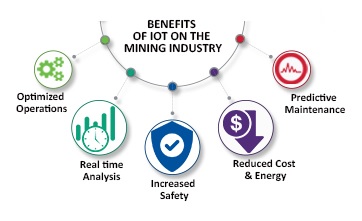The mobile phone market started to get more competitive when manufacturers started to take advantage of the latest micro technologies that were applied to PDAs and mixing them up with mobile features in collaboration of the rising mobile network providers that all have goals in keeping everyone in touch regardless of location indoors and outdoors. But even with so many popular contenders like Nokia, Samsung, LG, Sony and dozens of other manufacturers deep in their game with plenty of phone models for consumers and business users, other companies like Apple saw great potential in their own technology and used to create their own smart phone. Apple called this product the iPhone and it took a great share of the mobile phone market with millions of phones currently sold.
Google’s Unexpected Appearance
Google was working with Apple in implementing Google Maps functionality on the iPhone to further boost its success, but also had some hidden agendas of their own in entering the mobile phone market. Rumors started to surface claiming that Google planned to release their own mobile phone to wow consumers and drive them away from the iphone application development
Speculations were made when Google acquired android application development, Inc., but little details were made public other than hints coming from Google that they wanted to bring their search and other applications to mobile phones. Prototypes were being shown to cell phone manufacturers further increasing the speculation about a Google smart phone.
However, on November 5, 2007, a business alliance known as the Open Handset Alliance which is a consortium of several known companies including top mobile contenders HTC and LG announced Android which is a mobile operating system that uses the Linux kernel.
Android’s Impact
The announcement of this operating system was a shock as people were expecting a regular mobile device from Google. Google’s approach was to have many Google devices coming from manufacturers that use the mobile operating system which focuses on creating a standard and open ecosystem to different manufacturers. The following year, Android released their source code while HTC released the first Android-powered device – the T-Mobile G1.
Although the T-Mobile G1 didn’t really cause the same stir that the iPhone has, more models coming from Sony, Samsung, Acer, LG, and other models appeared giving consumers a vast number of choices that have the same familiar look and feel of the Android OS although manufacturers took advantage of the customization aspects of the open source system.
Android Now and Beyond
Android 2.0 was released on October 26, 2009 sporting a new look and better use of the hardware which gave way to the now popular Motorola Droid which received favorable reviews from consumers. This phone boasted features that better rivals the iPhone compared to other devices most notably multitasking capabilities.
Google then followed up beginning the New Year 2010 with a mobile phone of their own. Manufactured by HTC, Google brands this device as the Nexus One which currently runs the latest Android 2.1 OS. This mobile device stacks up well against the Droid and the iPhone in its target market. A future version of this device will target business users setting up competition for the various blackberry application development that business users continue to embrace.





